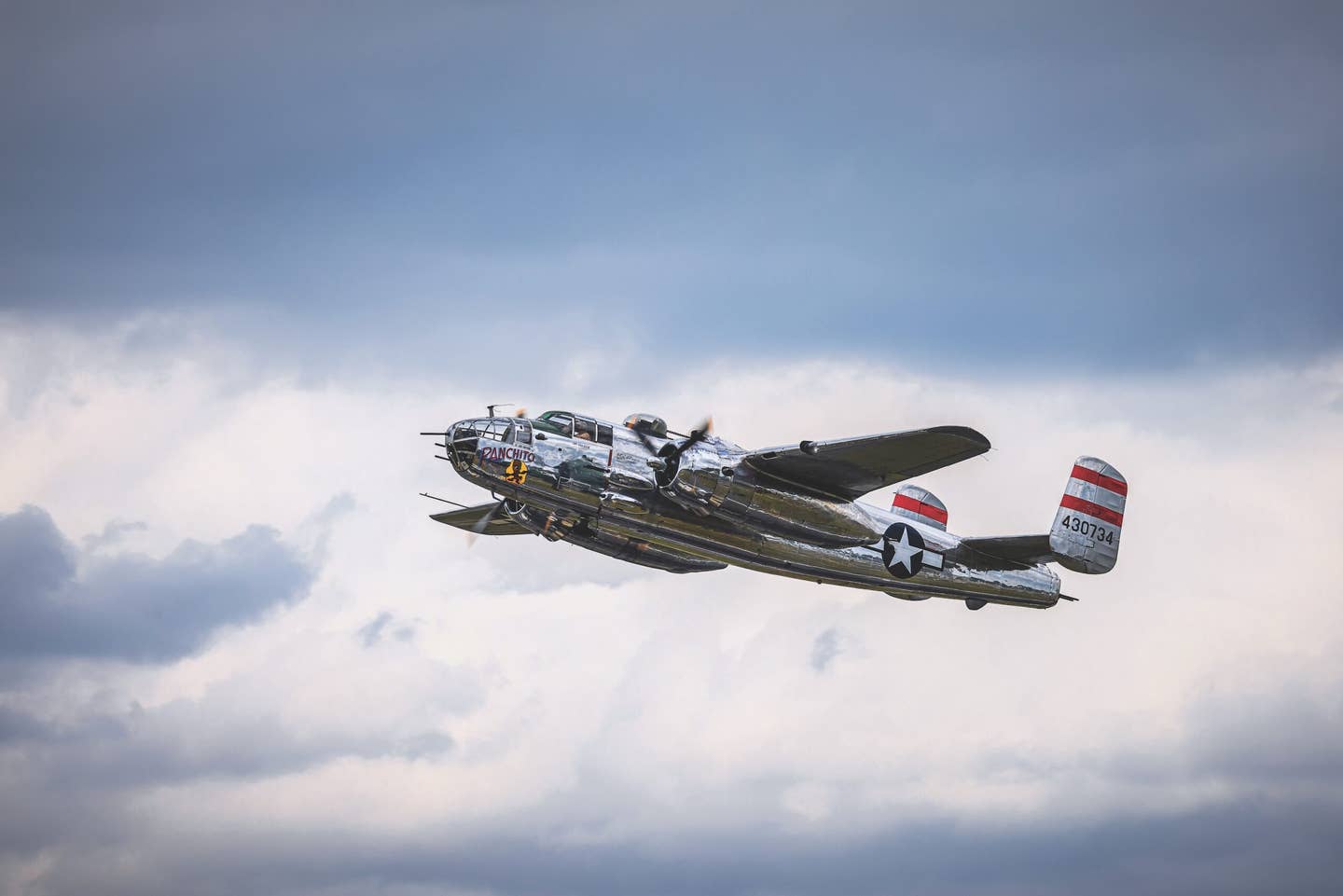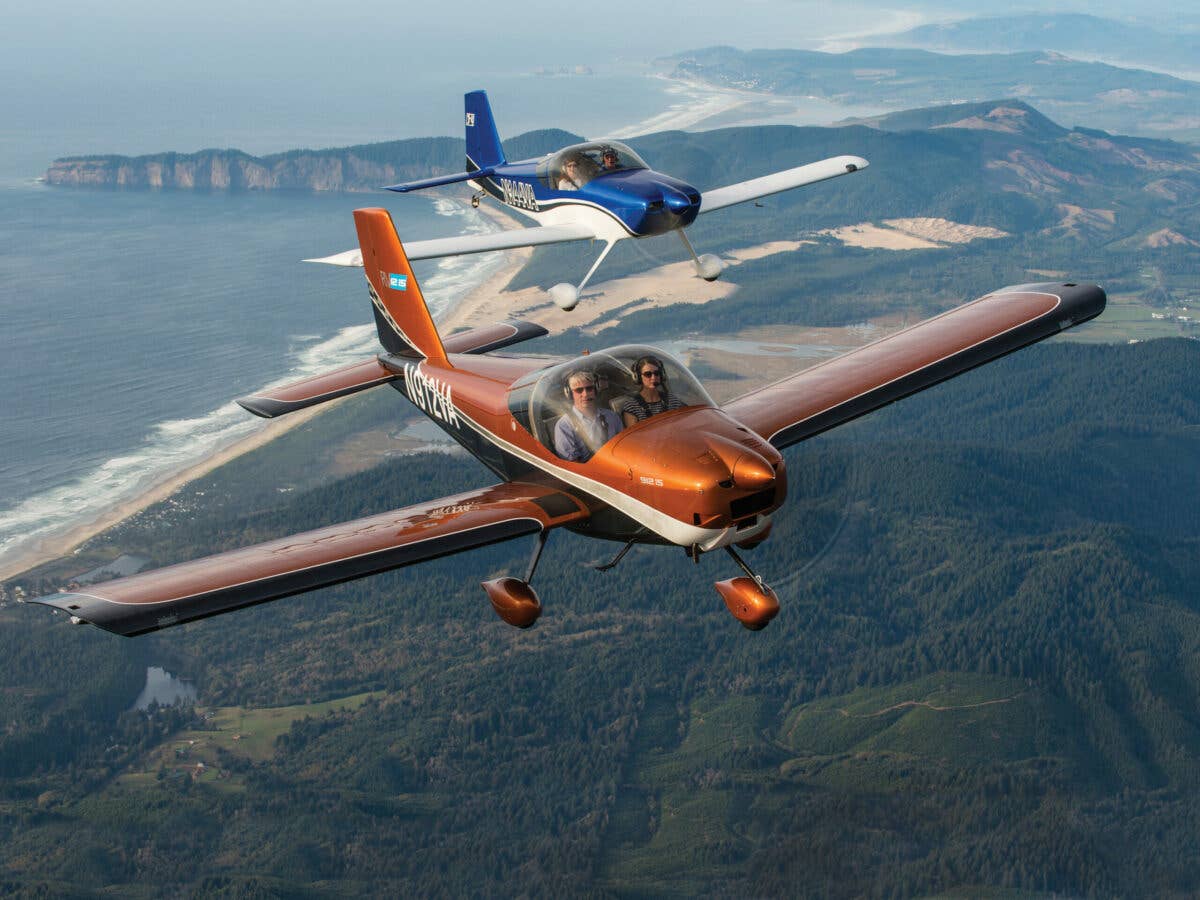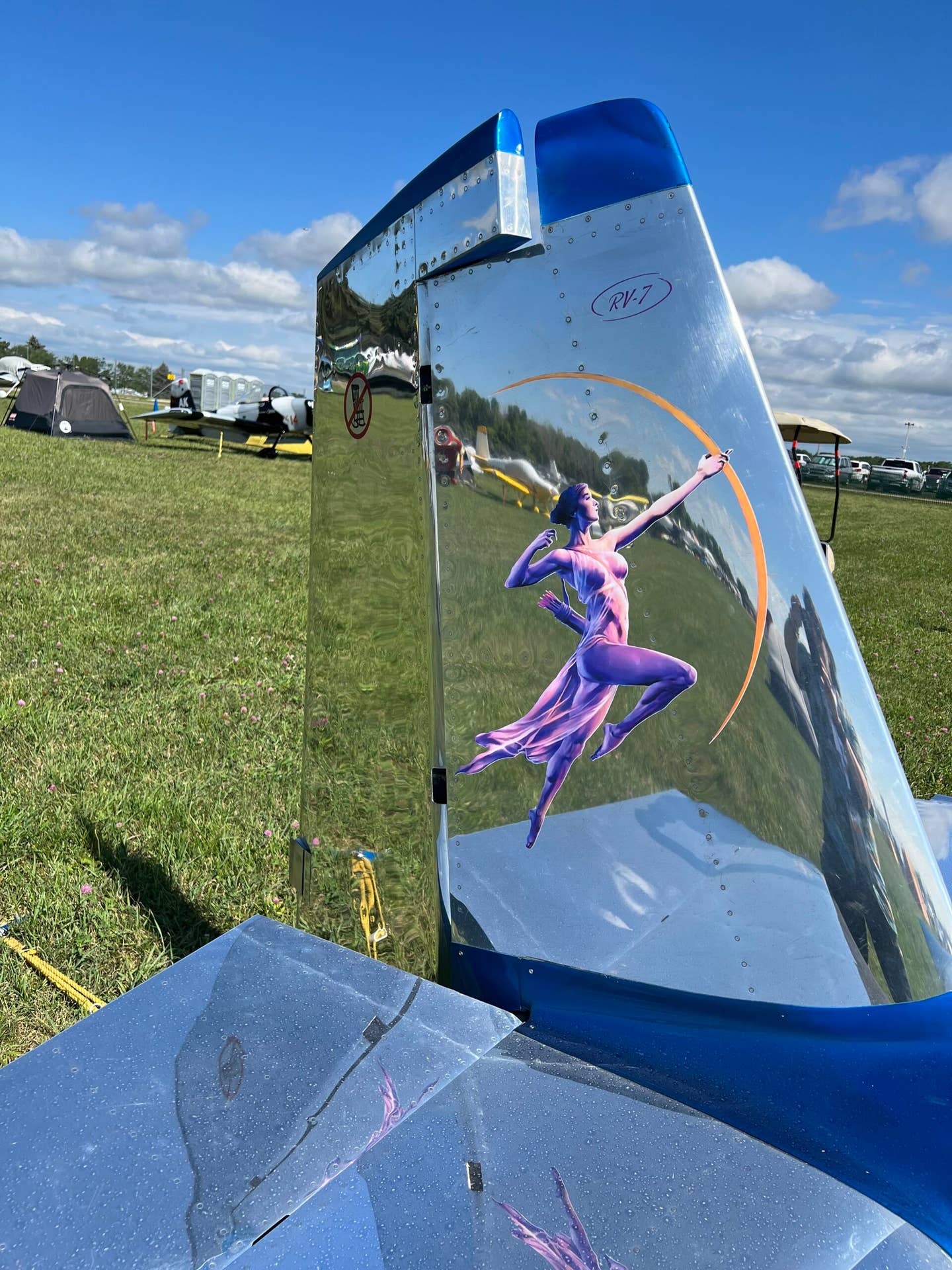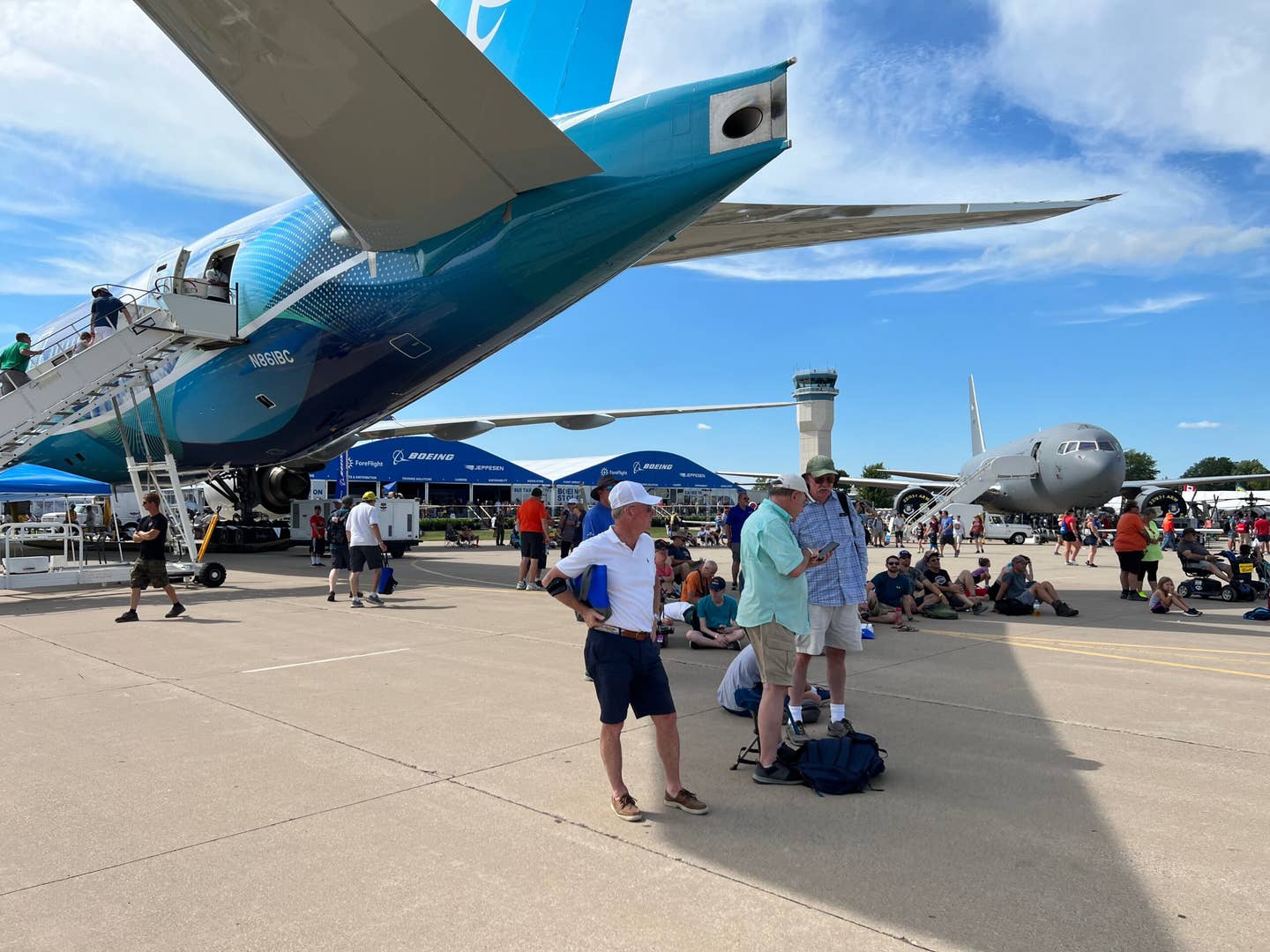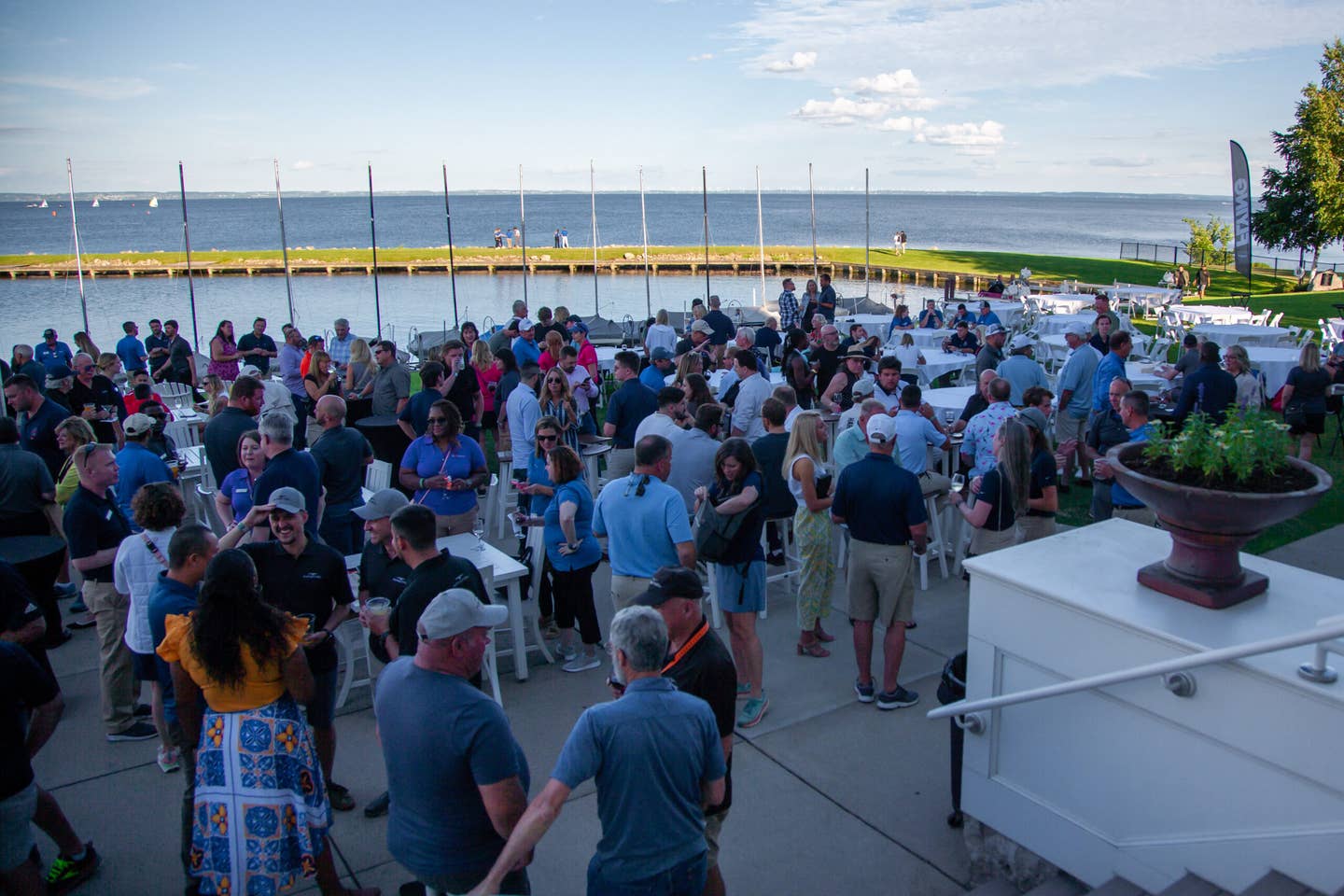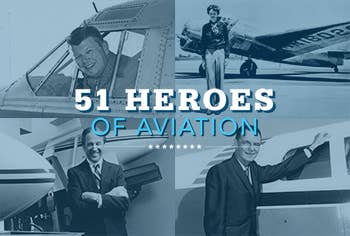
Throughout its history, aviation has generated some of the most remarkable figures that ever lived, including those brave pilots who made the first forays into the air and who courageously pushed the bounds of flight in ways previously unimaginable. At the same time, aviation has produced a number of people whose heroism rises above the job description of pilot, even if that is the day job. These figures touched all of us in aviation and, in many cases, those far beyond the flying world by their extraordinary deeds, talents or accomplishments. These are the people we celebrate in Flying Magazine’s “51 Heroes of Aviation,” a look at the people who changed aviation and, in many cases, the course of human history through their remarkable achievements. — Isabel Goyer
- P-51 and B-29 Warbird Tour
- Flying Fave, Photographer Paul Bowen Honored
- Harrison Ford Lends Celebrity Power to Fight for GA
- Harrison Ford New Young Eagles Chairman
- Harrison Ford, Death Wishes and Dangerous Planes
- 10 Questions about Baumgartner's Jump
- Baumgartner Goes Supersonic with Freefall Jump
- Technicalities: Now, Whitehead
- Aftermath: Indecision
- Capt. Arnie's Final Flight
- Unusual Attitudes: Memories of South Line
- A Family Affair
- Flying Quiz: The Early Days of Aviation
- Garmin Introduces Its First Radar Altimeter
- Garmin Receives 2012 Flying Editors' Choice Award
- Smooth Flying in Rough Air
- Technicalities: Bookends
- Mooney M20: A Look Back in Photos Mooney Aircraft
- What Burt Rutan Did
- Final Burt Rutan Creation Unveiled: A Hybrid 'Roadable Aircraft'
- 10 Ways that the SR22 Changed Flying
- The Piper Cub in Photos
- Piper Cub Seaplane Discovery Flights C.G. Taylor courtesy of alliancememory.org and Rodman Public Library. All rights reserved.
- Learjet 60 XR, An Airplane With Roots
- Albert Lee Ueltschi, the Father of Modern Aviation Training, Dies at 95 FlightSafety
- AirVenture 2011: Boeings, Boomerangs, Bob-Mania, and More
- New Amelia Earhart Search Mission Begins
- State Department Joins Earhart Search
- Famed DC-3 Returns to the Skies
- Doolittle Raid Reunion to Celebrate Veterans of Historic Mission
- Photo Gallery: Paul Poberezny
- EAA Founder Paul Poberezny Turns 91
- Flying Quiz: The Early Days of Aviation
- Remembering Neil Armstrong
- Neil Armstrong: Knowing the Kid From Wapakoneta

Sign-up for newsletters & special offers!
Get the latest FLYING stories & special offers delivered directly to your inbox

